Musical releases were originally sold on a physical formats, mainly that of CD, vinyl and the cassette, and were intended to give the best quality that was technically possible on the players of the time.
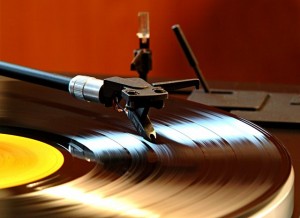 The warmth of analogue still remains an iconic sound characteristic today...
The warmth of analogue still remains an iconic sound characteristic today...
Vinyl records were pressed (when a mainstream format) to be accurate and designed to last, cassettes mainly used chrome biased tapes and Dolby noise reduction to maximise quality, whilst the CD was renowned for being accurate and able to relay pristine clarity at all times. However, as the music industry expands, many titles are released in the digital format of MP3. MP3 is a format which is designed to be a computer-based format for computers, Macs and MP3 players. Although it’s digital and claimed to be a super format, it doesn’t live up to expectations when played-back on a Hi-Fi system. The reason why it doesn’t give the same performance as that of the traditional CD is because it is compressed. You may well ask, ‘what is compression?’
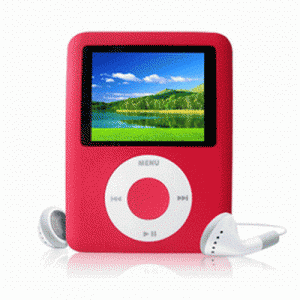 The iPod has changed a generation of music listerners with downloading out-stripping CD sales...
The iPod has changed a generation of music listerners with downloading out-stripping CD sales...
Compression, in audio terms, is literally as it sounds: it takes an item and makes that same item much smaller than it was originally. This applies to a musical format by taking the audio file on a CD and making it much smaller to be able to fit in mass onto an MP3 file. However, with format compression, the MP3 file will miss some of the data that was found on the counterpart CD. This means that details in the stereo field will be missing, along with data (information that makes-up the audible) sound could be missing in the spectrum. An example of this would be on a drum kit’s cymbals: a CD would give the full range of the cymbal that was recorded, from the start of its sounding, until the end; an MP3 would only play-back the most audible part of the cymbal’s audible sequence. But, take this principle across the entire audio track and you’ll soon here it sounds dull or flat at the high-frequency end. This is because MP3 compression smoothes out any audio peaks and rolls them off – giving a much lesser response. This is why MP3 isn’t ideal on a fully-fledged Hi-Fi system. However, MP3 is still more than adequate for a portable player designed for playing-back MP3 files.
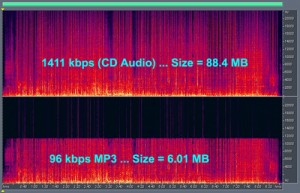 A visual comparison of an original, lossless file and a compressed copy...
A visual comparison of an original, lossless file and a compressed copy...
MP3 files are also renowned for giving a digital sound at the high-end where they have cut-off the data. This is problematic on many systems as you can here an often metallic sound, referred to by professionals as ‘aliasing’. As well as aliasing, MP3s often take both stereo channels and blend the information which is identical on both channels into one – limiting accuracy and the true stereo effect. The only thing that is in stereo on MP3s are the instruments which have been panned hard on either channel; but these are often ‘rolled-off’ as discussed earlier. This renders MP3 unsuitable for accurate stereo imagery and fidelity. But, however, on portable headphones it’s harder to distinguish the stereo breakdown faults as either earphone is placed directly into the ear, thus making it easier for the ear and the brain to listen to stereo with the problem of cross-talk from either channel eliminated.
But, if you have no option but to use MP3 on your Hi-Fi (streaming files and iPods are typical scenarios where MP3 can be useful for convenience), you can import your audio files onto your devices by ripping the tracks from the CDs with these simple procedures:
iTunes offers a lot of custom options for importing audio and helps its users by offering the ability to choose how you store your music and media. Although iTunes is a useful tool, there are many other alternatives that could be suited to you. Perhaps researching these will allow you to build your music collection up sooner.
For iTunes:
When the CD has been inserted into the drive and has been read, the option list for importing should appear.
- When the option for ‘import format’ has been found, use the dropdown and select ‘MP3’. MP3 is ideal if you use different computer-based music players and streamers, such as Sonos.
- Under ‘Setting’, specify for the ‘Custom’ option. Double-click on ‘Custom’ and then proceed.
- The next setting to confirm is the ‘Bit Rate’. A Bit Rate will determine the size of the final audio file – the bigger rate is the better. The highest rate is about 356kb per-second.
- The next option is to choose the ‘Channels’. Always select ‘Stereo’ to import in a stereo format.
- You’ll then be asked to select the ‘Stereo Mode’. Be sure not to select ‘Joint Stereo’. Doing so will cause the undesired effect of blending the shared information from both channels, thus destroying the stereo image on a Hi-Fi system.
- Now, and finally, ensure that you un-tick the box for opting for ‘Smart Encoding Adjustments’ and do the same for ‘Filter Frequencies Below 10Hz’. Selecting the later option will cause the bass response to be curved and ‘rolled-out’, just like the effect at the higher-end frequency.
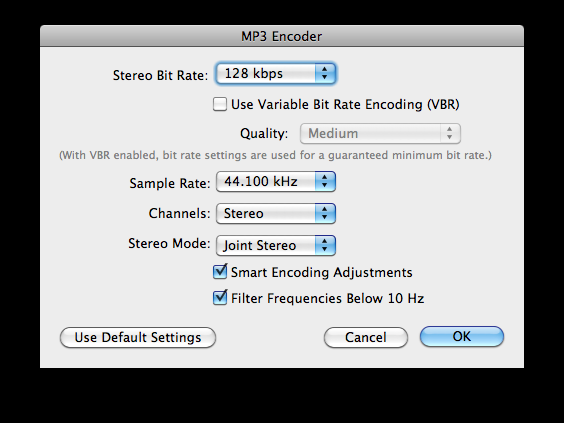
Once these settings have been amended, proceed to importing the music into your iTunes account. The advantage of MP3 is that it can hold data, such as album artwork and song information data, whereas the alternative compression formats won’t always do the same when the songs are played on various systems.
Hopefully, the above tips and instructions will help you to attain a good quality Mp3-based collection of your music. Although an MP3 still won’t ever replicate the true quality of a CD, no matter how imported, a DAC (Digital to Analogue Converter) could help even more so by refining the overall music you hear by a clever process of expanding and emphasising. A DAC will help to broaden the compressed music and delve deeper on details that are delicate and harder to reproduce when compressed.
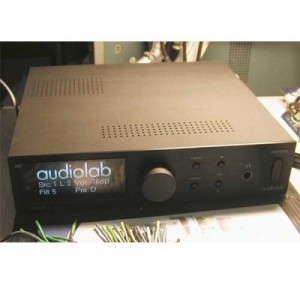 A DAC from Audiolab. This is ideal for giving sll digital sources greater depth and clarity...
A DAC from Audiolab. This is ideal for giving sll digital sources greater depth and clarity...
Hifi Gear sells DACs and believes that they’re superb for all types of digital content, even if it is a high-quality CD. Check our recent blog post on DACs for further information, as well as our website’s DAC section for great bargain prices on these mighty music refiners.


